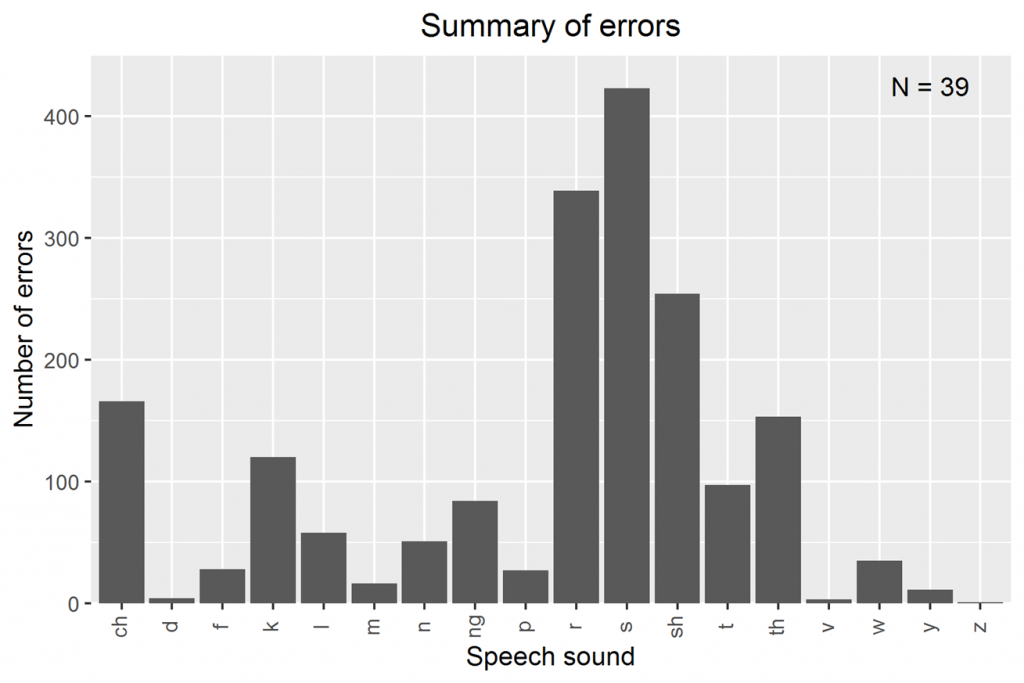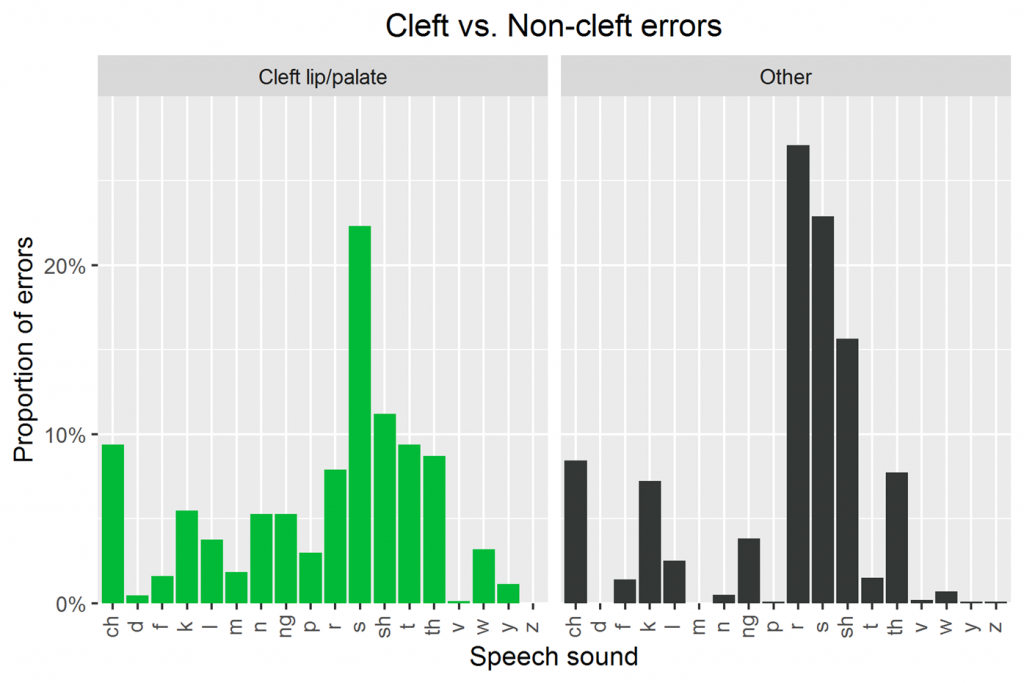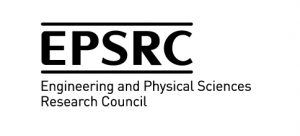The ULTRAX2020 project is coming to a close, with our postdoctoral researchers moving onto new jobs in academia and industry. Despite data collection in 2020 being curtailed by the COVID-19 pandemic, we have had many successes related to the project.
Key outputs and publications from the technology track include:
- Release of the UltraSuite dataset: Eshky, A, Ribeiro, MS, Cleland, J, Richmond, K, Roxburgh, Z, Scobbie, J & Wrench, A. (2018). UltraSuite: A Repository of Ultrasound and Acoustic Data from Child Speech Therapy Sessions. INTERSPEECH 2018: Proceedings of the 19th Annual Conference of the International Speech Communication Association (ISCA) https://doi.org/10.21437/Interspeech.2018-1736
- Release of the TaL corpus: Ribeiro, MS, Sanger, J, Zhang, JX, Eshky, A, Wrench, A, Richmond, K, & Renals, S (2021). Proceedings of the IEEE Workshop on Spoken Language Technology (SLT). Shenzhen, China. https://ultrasuite.github.io/papers/tal_corpus_SLT2021.pdf
Key outputs and publications from the clinical track include:
- Sugden, E., Lloyd, S., Lam, J., & Cleland, J. (2019). Systematic review of ultrasound visual biofeedback in intervention for speech sound disorders. International Journal of Language and Communication Disorders, 54(5), 705-728. https://doi.org/10.1111/1460-6984.12478
- Cleland, J., Wrench, A., Lloyd, S., & Sugden, E. (2018). ULTRAX2020: Ultrasound Technology for Optimising the Treatment of Speech Disorders : Clinicians’ Resource Manual. University of Strathclyde. https://doi.org/10.15129/63372
- PREPRINT: Sugden, E., & Cleland, J. (2020, December 18). Using Ultrasound Tongue Imaging to Support the Phonetic Transcription of Childhood Speech Sound Disorders. https://doi.org/10.31219/osf.io/9rqmb
- Delivery of a 3-day workshop to speech and language therapists on the use of ultrasound in speech therapy practice (held in Glasgow in September 2019)
Participants and Data Collection
As part of the project, ultrasound and audio data was collected from children with speech sound disorders attending community speech and language therapy clinics in NHS Grampian, NHS Lothian, and the Glasgow Dental Hospital. Between February 2019 and January 2020, data was collected from 44 children (31 males and 13 females) aged 5-12. The most common type of speech sound disorder was an articulation disorder (15 children). Fourteen children had a cleft lip and/or palate. The remaining children had a range of speech sound disorders, including phonological disorders, childhood apraxia of speech, residual speech sound errors, and inconsistent phonological disorders.
Data was collected by the children’s’ speech and language therapists. Children were recorded counting from 1-10, producing 10 repetitions of different consonants in /aCa/ context (e.g., ata, ana, ala), saying a selection of minimal pair words, and copying sentences containing high numbers of particular sounds. The recordings were then analysed by members of the ULTRAX2020 research team.
The following provides a summary of some of the key findings from our initial analyses of the /aCa/ repetitions and minimal pair data collected from a subset of 39 children aged 5-12.
Speech Errors
Some children who participated in the study had errors on only one or two speech sounds, whereas others had severe speech sound disorders which made them very difficult to understand. The Percentage Consonants Correct (PCC) for the children without cleft lip/palate when producing the /aCa/ repetitions ranged from 26.7% to 88.7%.
The following figure shows which sounds were most often produced incorrectly by the participants. As can be seen, the most commonly errored sounds were /s/, /r/ and /sh/, followed by /ch/ and /th/. These sounds are some of the last to be acquired by English-speaking children and are common errors made by children with speech sound disorders.

As mentioned, approximately one-third of the participants had a cleft lip and/or palate. We would usually expect children with this type of speech disorder to make different types of errors than children born without clefts. The following figure shows a summary of speech sound errors for children with and without cleft lip and/or palate. As can be seen, the cleft group had a much wider range of errors, including on speech sounds which require nasal resonance (such as /m, n, ng/), increase intra-oral pressure (e.g. /p/) or the front of the tongue (e.g., /t/). These findings are consistent with what we already know about different types of speech sound disorders.

Future Plans
We will continue to analyse the data collected in the ULTRAX2020 project and aim to publicly release the dataset in the future. We are also continuing to work on papers about the tongue shapes produced by children with speech disorders and their experiences of using the ultrasound in speech assessments.
We hope that the findings of the ULTRAX2020 study can contribute to improved diagnostic and clinical processes for children with speech sound disorders.
We look forward to bringing you more information about future work soon. In the meantime, we would like to thank the children, parents, and speech and language therapists who have made this work possible.

